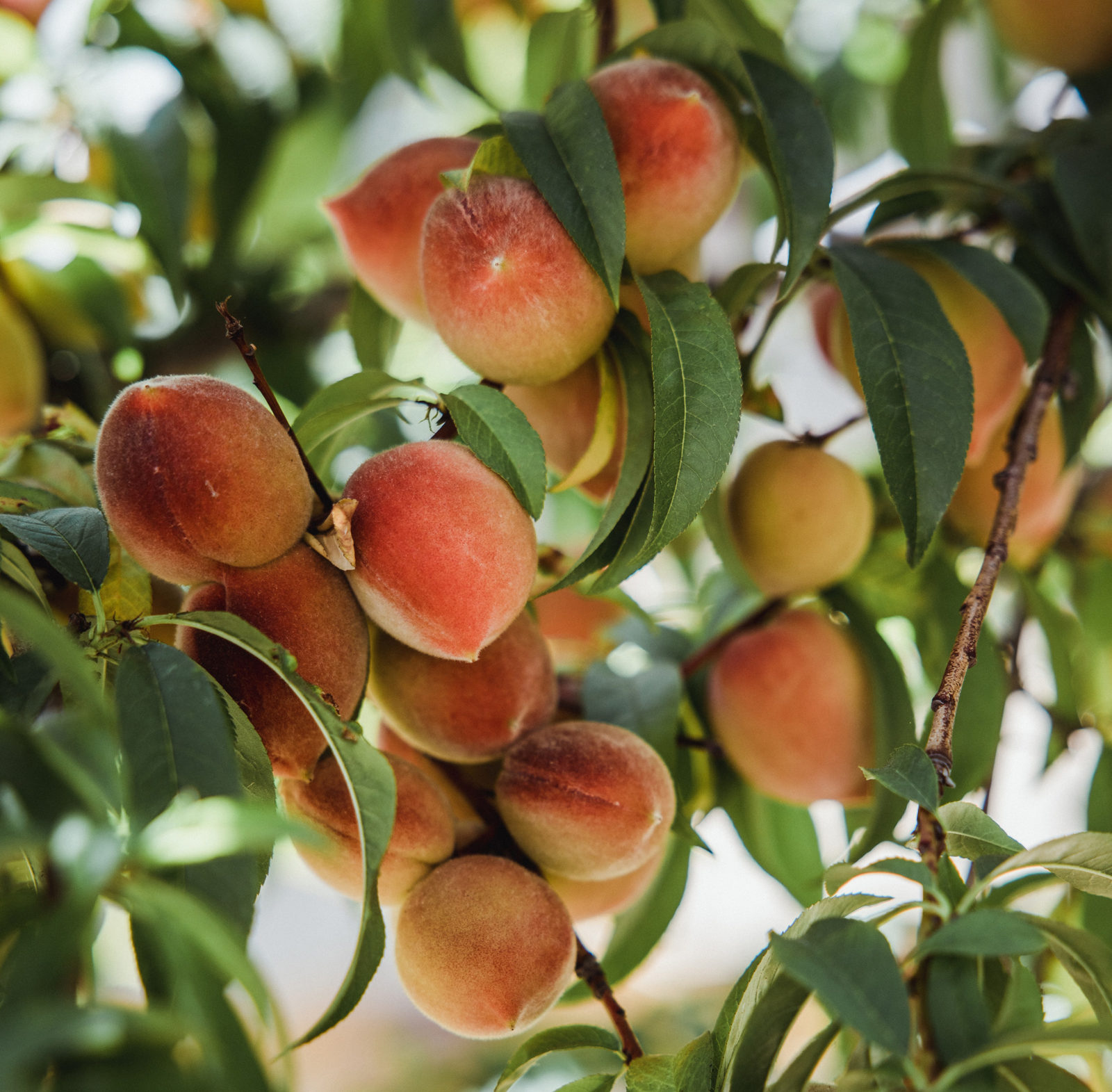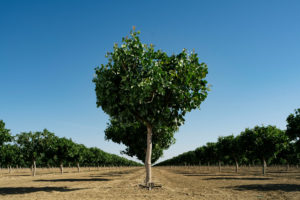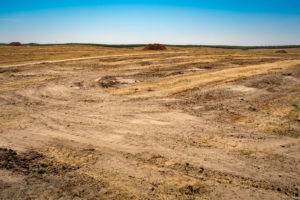Kou Her’s family has run the 12-acre Herr Family Farms in Sanger, just east of Fresno, for the last 20 years, raising a variety of vegetables for Bay Area produce and farmer’s markets. In those 20 years, Kou and his parents haven’t seen anything like the heat wave gripping the Central Valley this week.
“I am terrified,” Her said by phone Wednesday evening. “I’ve never experienced three days of 110 before. I hope we don’t have significant damage by the end of the weekend.”
Extreme heat has moved from east to west across the American West over the last week, setting new temperature records as it goes. Salt Lake City reached 107 on Tuesday, a tie for the hottest temperature there in 147 years of weather records. Las Vegas hit 116 on Wednesday, a daily record and one degree short of the all-time record. Phoenix has tied daily records at 115 for two straight days. Between Thursday and Saturday the heat is expected to fully settle over California, where the official forecast calls for at least three days with highs near or above 110 in much of the Central Valley.
For many annual plants, there’s no place to hide from such heat. Her said his main worry is tomatoes, especially the ones ripening on the outside of the plants, exposed to the sun. They’ll burn, he said, and blister. But they’ll also help protect fruit growing in the shadier parts of the plant, which should survive. “We’ll just get enough water to the roots and hope we don’t lose too much to the heat,” Her said.
Michael Harris, whose family has owned the Harris Orchards in Ripon since 1917, said his tree fruits are susceptible to any triple digit temperatures. Heat means the end of cherry season, he said, as the trees drop their fruit to survive. As bad as this week’s heat looks, he added, it’s at least been six weeks since the fruit ripened. Though the maximum temperatures weren’t as high last year’s early June heat wave was worse, Harris said, because the cherries dropped their fruit after only a three-week season.
Harris said the greater challenge he faces is keeping the trees sufficiently watered to avoid damaging the following year’s crop as well. In a heat wave, Harris runs energy-intensive water pumps to keep the trees watered — but when every other farmer is doing the same, it can overburden the electrical grid and cause blackouts.
“If California keeps up with this drought, it’s pretty devastating,” he said. “You put money in because you’re hoping next year’s better. If it continues like this, it gets harder and harder.”
Most climate scientists suggest that rain will return to the state at some point. But California’s rapid warming, caused by the burning of fossil fuels, has made the devastating droughts of 2012-2016 and 2020-2021 much more intense. The effects of heat and drought on the state’s $50 billion agricultural industry are yearlong and widespread. It’s not just peak temperatures in the day in summer, but unusually warm winters, and heat-driven soil moisture depletion, and higher overnight temperatures, said Lauren Parker, a postdoctoral fellow at the UC Davis John Muir Institute for the Environment and coordinator at the US Department of Agriculture California Climate Hub. In a 2020 paper published in the journal Plant Science, Parker and several colleagues wrote that extreme daytime heat in the warm season is still understudied relative to many other forms heat can take, because it has less of an effect than anomalous warmth in winter and spring when plants or fruits are developing.
Parker said the research literature suggests that for California’s major heat-adapted perennial crops — almonds, peaches, grapes, walnuts, and pistachios, by themselves a $14 billion industry — summer heat stress is still a matter of water stress. Supply enough water and they should mostly be fine when the thermometer hits 110. But Parker said the line where heat starts to stress a plant, even with abundant water, isn’t clear. That’s especially true, she added, when it comes to specific cultivars.
“The impacts depend on the crop and where it is in its development,” she said. “For some crops close to harvest, you could see desiccation. For some you might not see a lot of heat impacts, particularly if you can provide water.”
Very HOT temperatures today over the valley and foothills with temperatures ranging from the upper 90s to 113 degrees for the hottest locations. Record highs are forecast for this date throughout the valley. Try to limit outdoor activity and stay in cool places. #CAwx #CAHeat pic.twitter.com/OY8K5Wsa95
— NWS Sacramento (@NWSSacramento) June 17, 2021
Jimmy Egoian, who has farmed and ranched in the Central Valley since the 1980s and works with Bay Area farmer’s markets on behalf of the Twin Girls Farm southeast of Fresno, said that he’s seen varieties of plums, peaches and nectarines that suffer in the heat, but that he had no concerns about his orchards in this upcoming heat wave. A healthy canopy of leaves, in a vineyard or a fruit tree, provides enough shade that the fruit won’t get too hot, he said.
“When it gets too hot — anything over 95 from a fruit standpoint — when it gets really hot, it stagnates,” Egoian said. “It just holds on for dear life. When the weather breaks and drops, it comes on like gangbusters and you better get out and get it picked, because it goes from stopped to super ripe.”
There is a certain temperature point, however, when a plant shuts down entirely — closing the stomata in its leaves and halting the exchange of gas with the atmosphere. At that point, more water doesn’t help, because the plant simply won’t drink it. That’s fine if it cools off at night, or after a short amount of time. In the near future, Parker said, we might find out more about where some of those limits are to heat and water stress.
“To some extent, for so many years and decades we’ve operated in a climate space where, yes, one-off extreme events do damage, but by and large we’re able to mitigate through irrigation,” she said. “As we move forward, with more frequent, more lasting extreme heat, where might heat be having an impact?”





